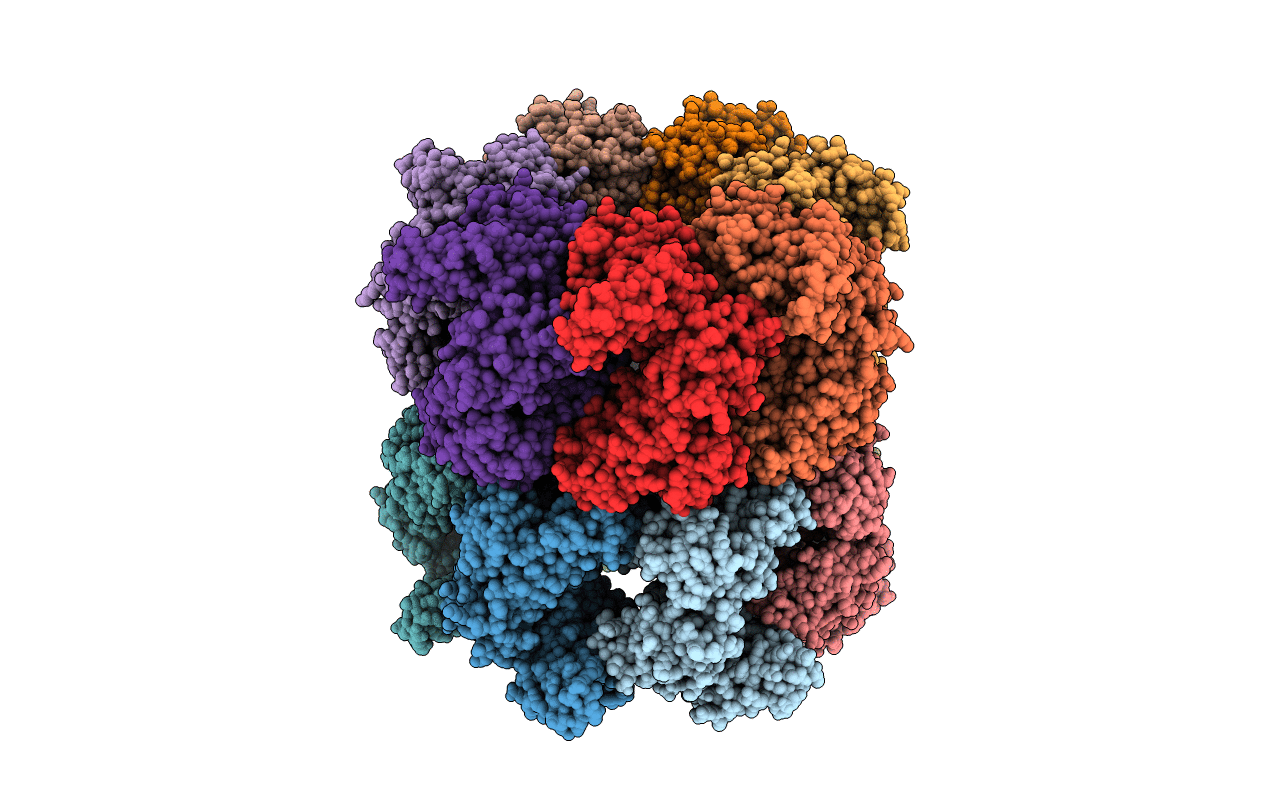
Deposition Date
2011-03-31
Release Date
2011-05-18
Last Version Date
2023-12-20
Entry Detail
PDB ID:
2YEY
Keywords:
Title:
Crystal structure of the allosteric-defective chaperonin GroEL E434K mutant
Biological Source:
Source Organism:
ESCHERICHIA COLI (Taxon ID: 83333)
Host Organism:
Method Details:
Experimental Method:
Resolution:
4.50 Å
R-Value Free:
0.23
R-Value Work:
0.16
R-Value Observed:
0.16
Space Group:
P 32


